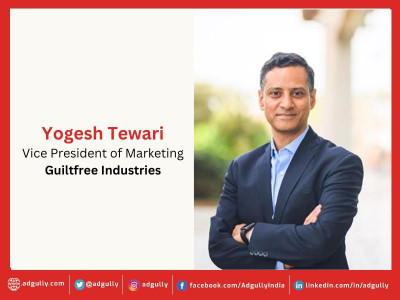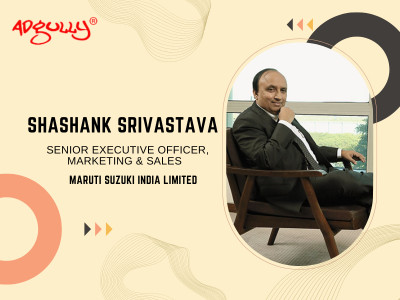Keeping attribution at the forefront of conversation
Measuring the efficacy of advertising spends will become even more critical for companies as they navigate their recovery, given that there will be significant pressure on their cash flows and liquidity positions. How can the various M&E segments respond to these enhanced requirements on attribution? How can measurement become timelier and more precise for brands?
These issues were taken up for discussion on Day 2 of the virtual FICCI Frames conference in the session titled ‘Attribution at the forefront of Conversation’. Moderated by Ashish Pherwani, Partner, Media & Entertainment Advisory Services, Ernst & Young, the panellists included Tushar Vyas, President, GroupM; Sunil Lulla, CEO, BARC India; and Soum Paul, Founder & CEO, Home Screen Network.
In his opening remarks, Tushar Vyas, President, GroupM, pointed out how advertising is not an easy task, given the shifts in consumer patterns even in the digital era. He noted how the consumer journey today has become even more complex in terms of the number of touchpoints. This poses a challenge not only to traditional media such as television and radio, but also to digital media platforms.
Elaborating on the numerous and complex issues that one faces in the digital environment, Vyas pointed out that companies have to analyse tons and tons of data in order to resolve the basic problem that the industry is facing. With companies being at different stages of maturity, Vyas listed three strong components that companies need to have – the first being business requirement, followed by the data along with the right tool and resources, and thirdly, the right talent.
Soum Paul, Founder & CEO, Home Screen Network, also noted the presence of multiple digital media platforms, wherein it is complex to actually slice and dice the data coming in from these platforms. According to him, the next hurdle is assimilating the data after analysis and advertising the product as per the target audience. “Attribution here plays an important role, where the correct analysis of the target audience and having interactivity is pertinent,” Paul stressed. He further said that the next in line that needed consideration was the medium that would be suitable, considering the price involved in advertising the product, that is, price segmentation.
Agreeing with Paul, Sunil Lulla, CEO, BARC India, emphasised that prioritising the target audience was an equation which must be taken into consideration. He said, “You’ve got to be able to prioritise your audiences, the nature of audience, and the proposition you put over there has to be different from the proposition that you put on digital, because you can actually treat the analytics differently.”
Return on Investment (ROI) has been an important talk point for the advertising industry, especially during the lockdown period due to the COVID-19 crisis. Vyas noted that there was a time when Digital and Television were pitted against each other. However, today the discussion has become irrelevant as it the consumer who is the king here. “The drifting of the consumer from one screen to another is something which needs to be taken into account. If one would look at the last 12 weeks, there has been a steep rise in television consumption. The reason being that with shootings being at a standstill since the last week of March, the consumer has smoothly drifted towards the reruns of the old shows on television. A case in point is the rerun of ‘Ramayana’ on Doordarshan, which garnered massive viewership. The channel has never received such kind of viewership since 1986. At the same time, content consumption on digital was growing parallely on individuals’ devices,” Vyas remarked. He further said that Cinema and Print media were the worst hit by this.
With the changing dynamics, Lulla said that the biggest challenge is deciding on what is the agreeable metrics around digital and television. “If you want to look for unification, you cannot say that those two seconds are acceptable. So, if you multiply two seconds by 15, it is 30 and, therefore, 130 seconds of television is 15 times on digital. But that’s not true, right?” he asked.
Stating that revenue generation is the central factor, Paul said, “The funnel from content to commerce is something that we feel is central to the composition of how advertising ROI is.”
When it comes to advertising, choosing the right medium which attracts more audience and expending on the same is the centre point. As Vyas stated, “The conversation right now is about what it is going to do to my business, what it is going to do to my brand. Those are becoming the indicators for business impact.”
Advertising should take into account the region where it will be set. For instance, advertising a product in the West would not be relevant in the Indian context and requires to be remade. Thus, amassing the wealth of data, its analysis accurately and advertising on the basis of the target audience while considering the expenditure of the same need to be considered.
















Share
Facebook
YouTube
Tweet
Twitter
LinkedIn